Discover Authentic Swedish Surströmming – Fermented Fish Delicacy with Rich Tradition and Unique Flavor
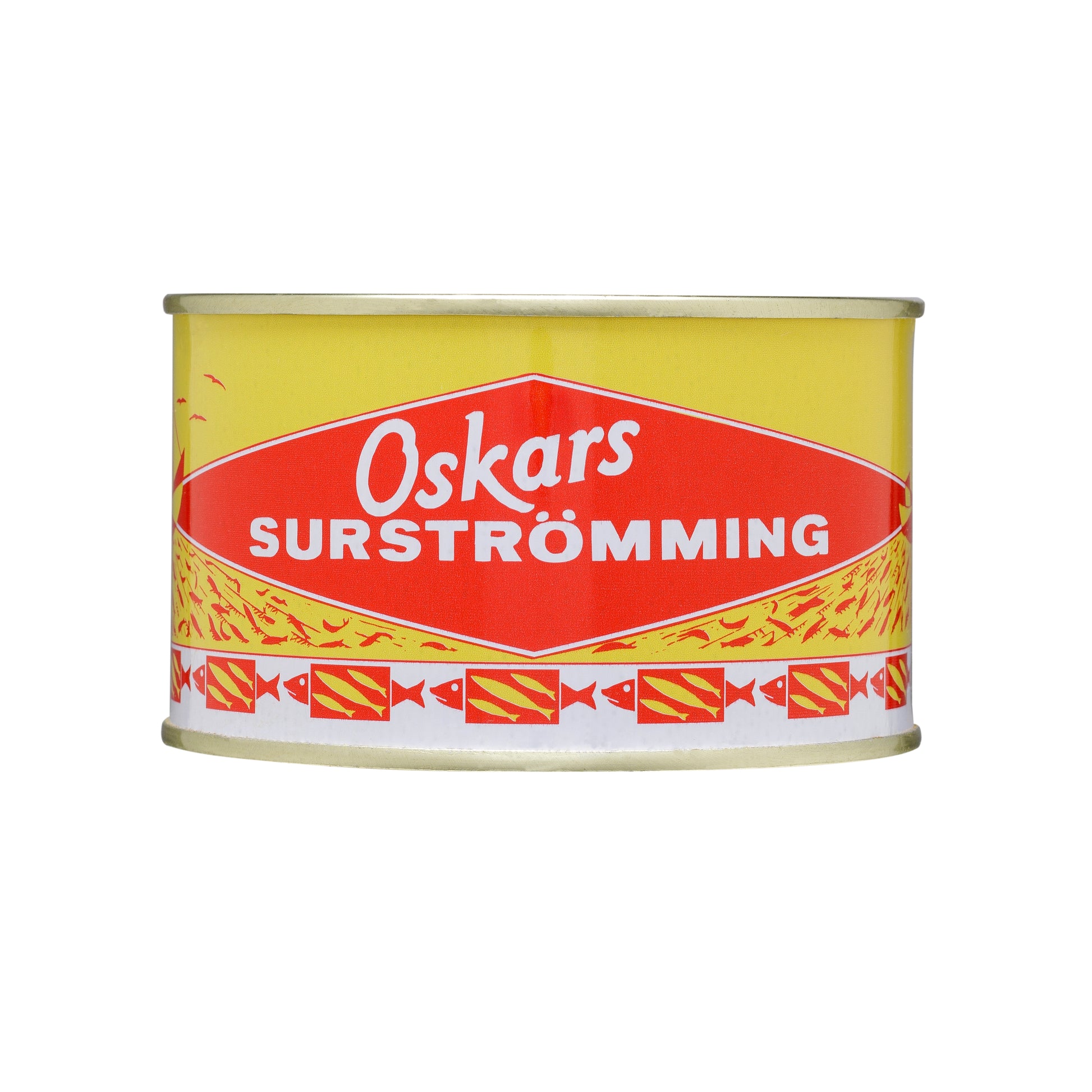
Oskars Surströmming 300g
Ideal for daring foodies and lovers of unique gourmet experiences, Oskars Surströmming promises a journey of taste like no other. Embrace the adventure and savor the authentic delicacy – a taste that truly stands out in the world.
Share
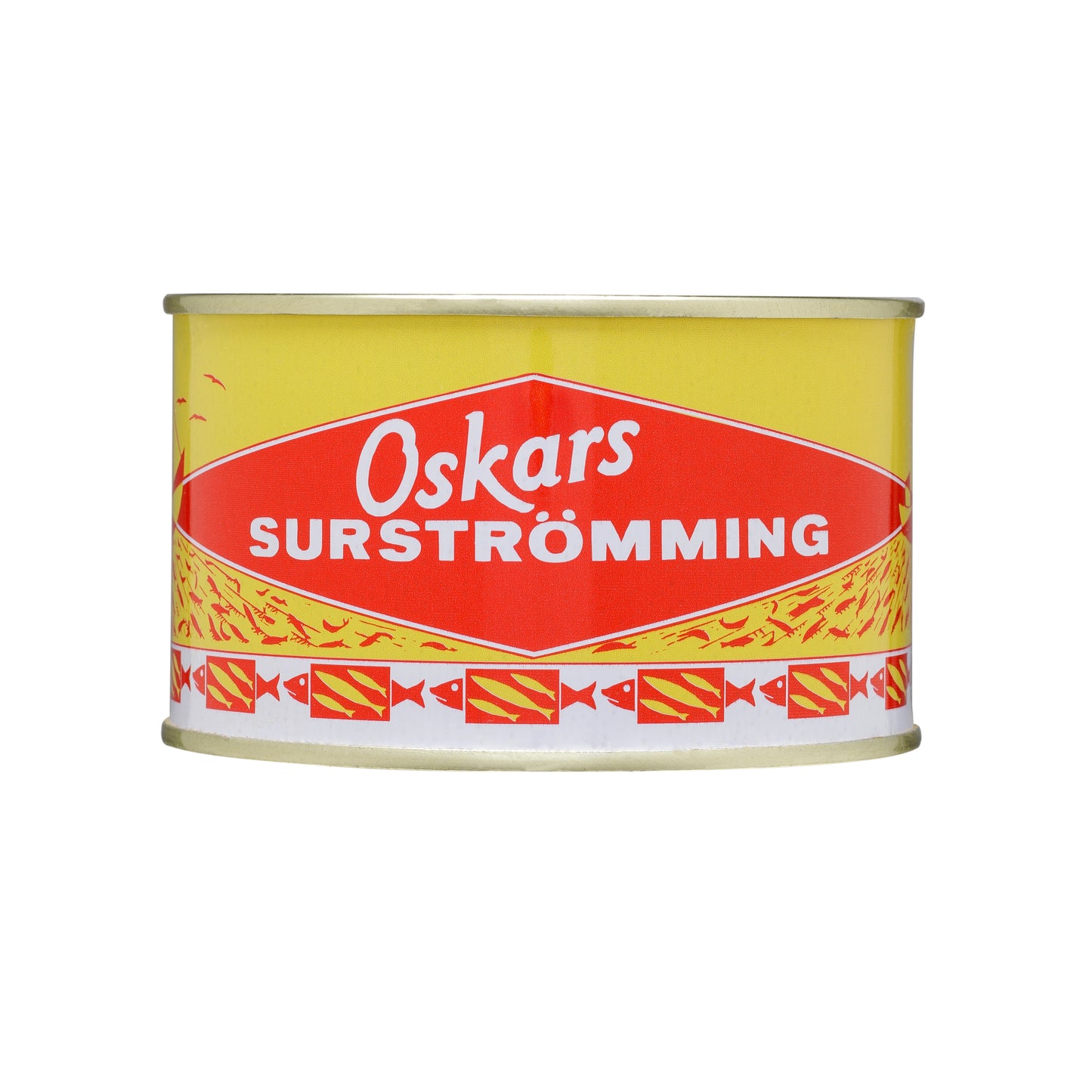
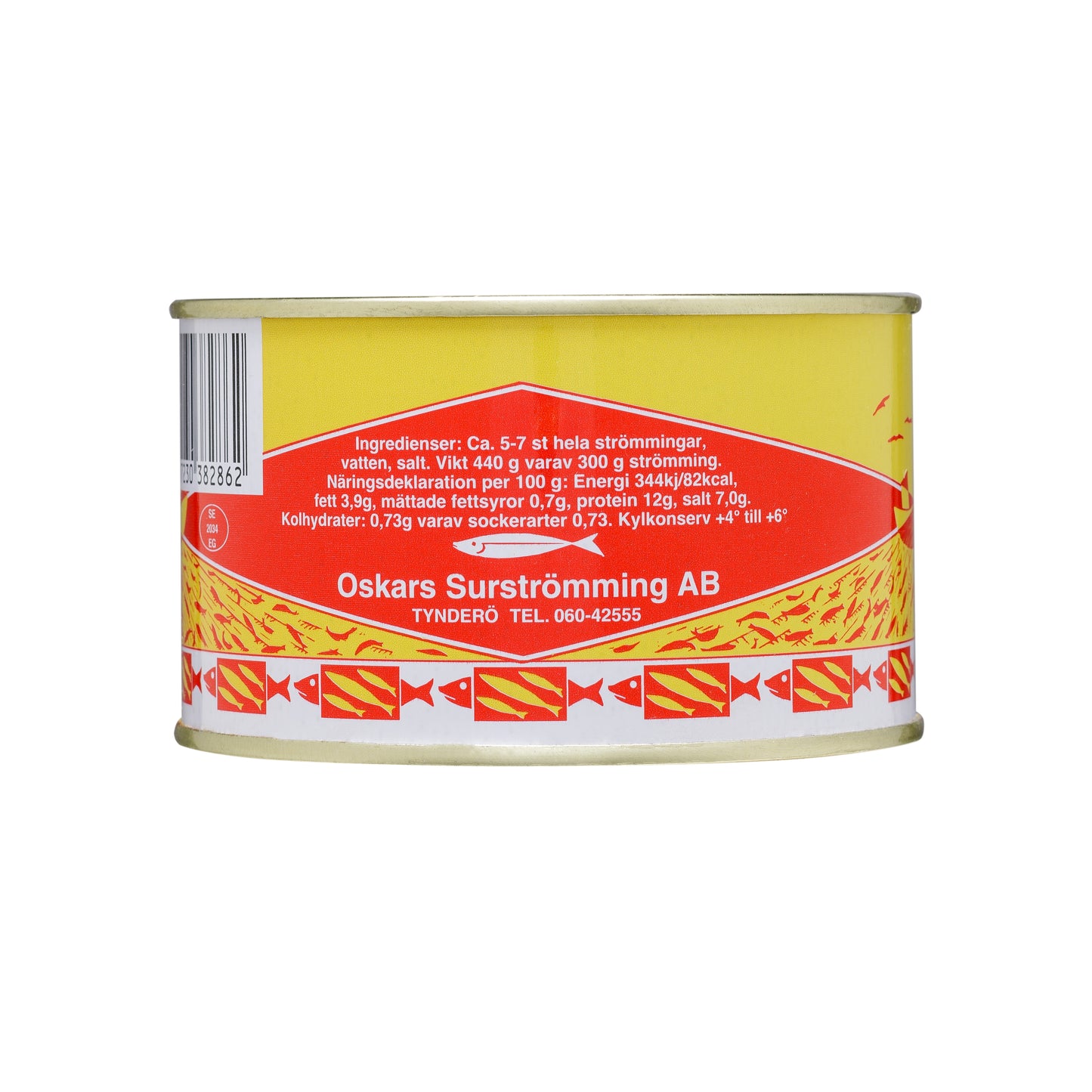
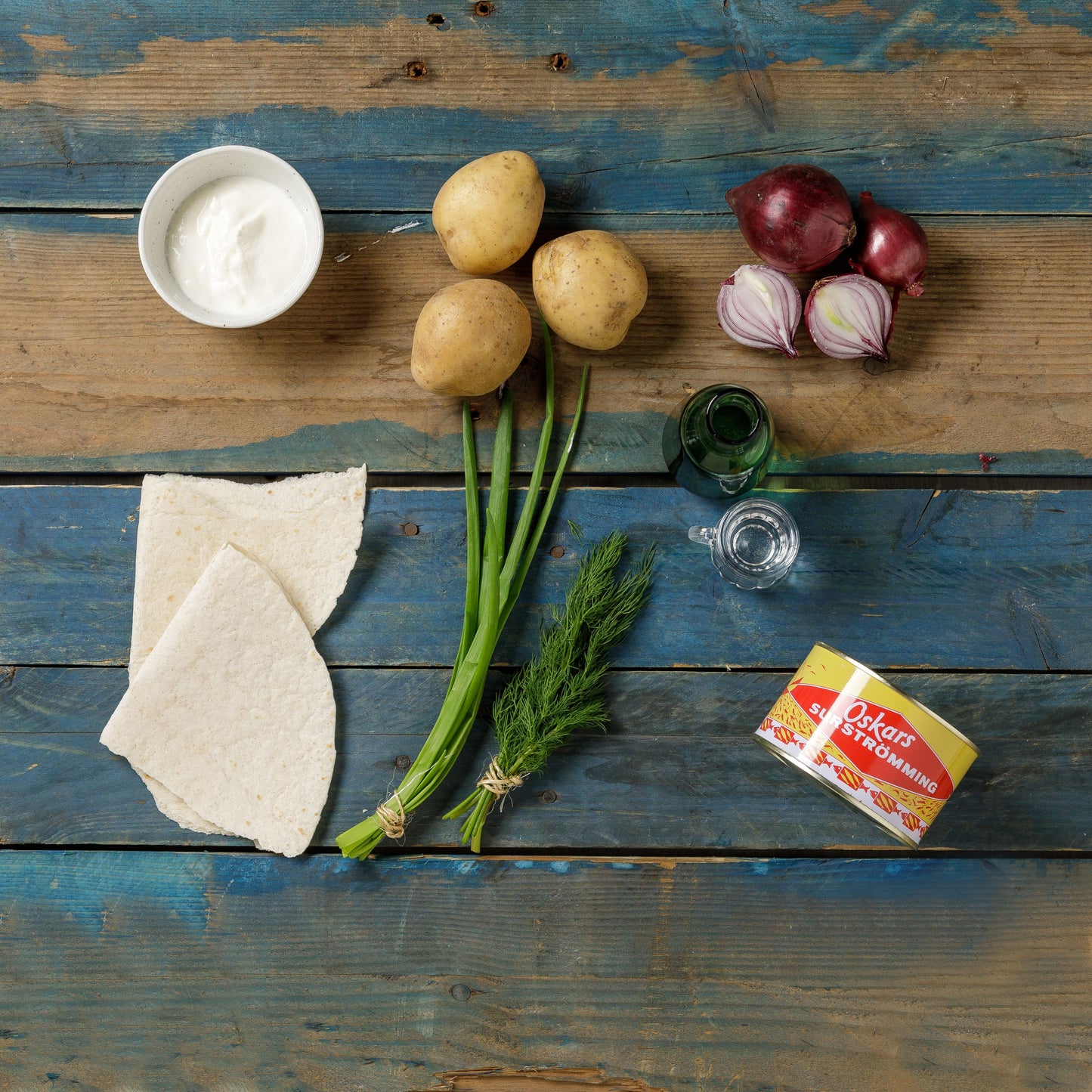
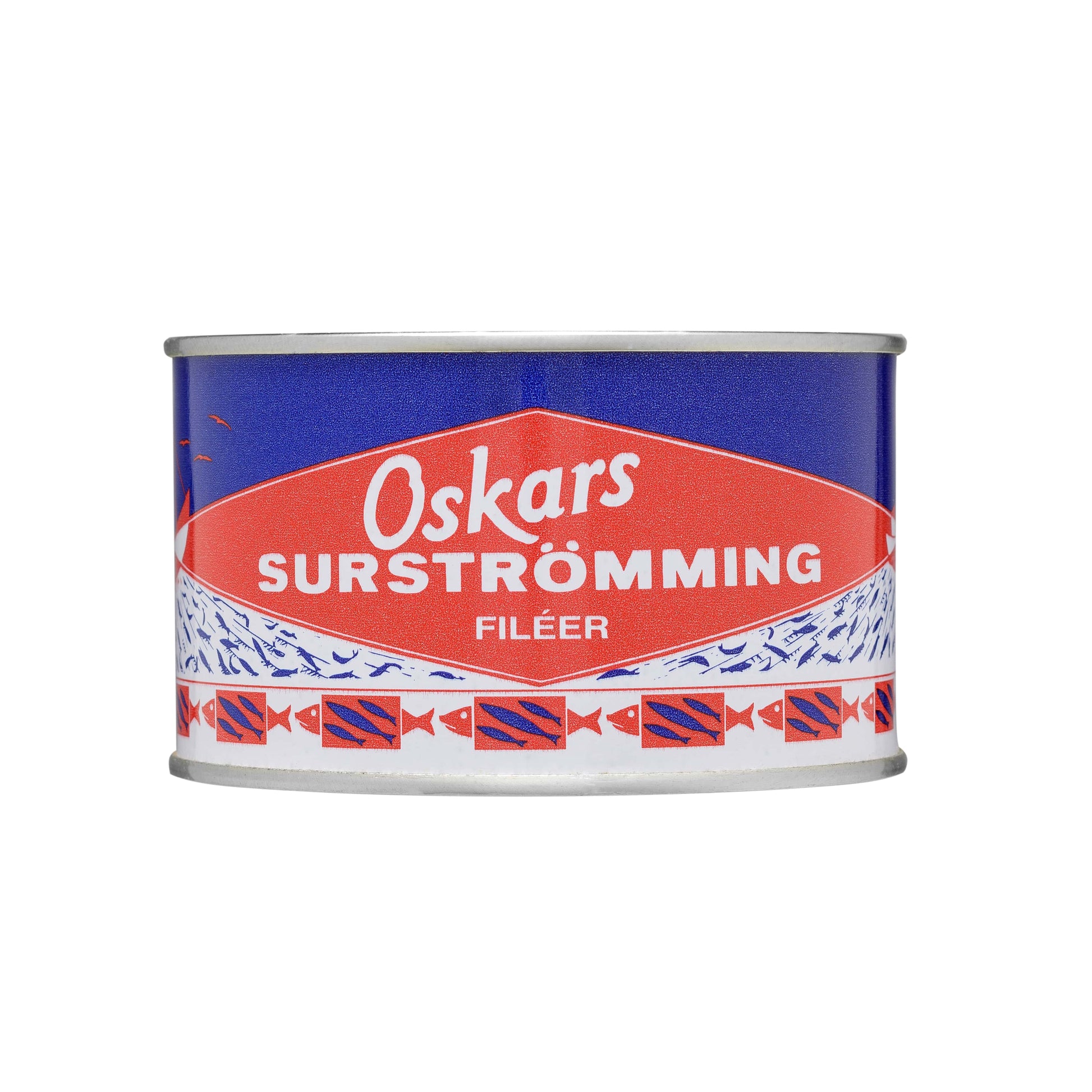
surstromming.eu
Oskars Surströmming Fillets 300g
These fillets are meticulously prepared, focusing on the tender, flavorful parts of the fish. This selection process ensures a more refined taste and smoother texture, making it a great choice for those new to Surströmming or seeking a less intense flavor. Perfect for connoisseurs and beginners alike!
Share
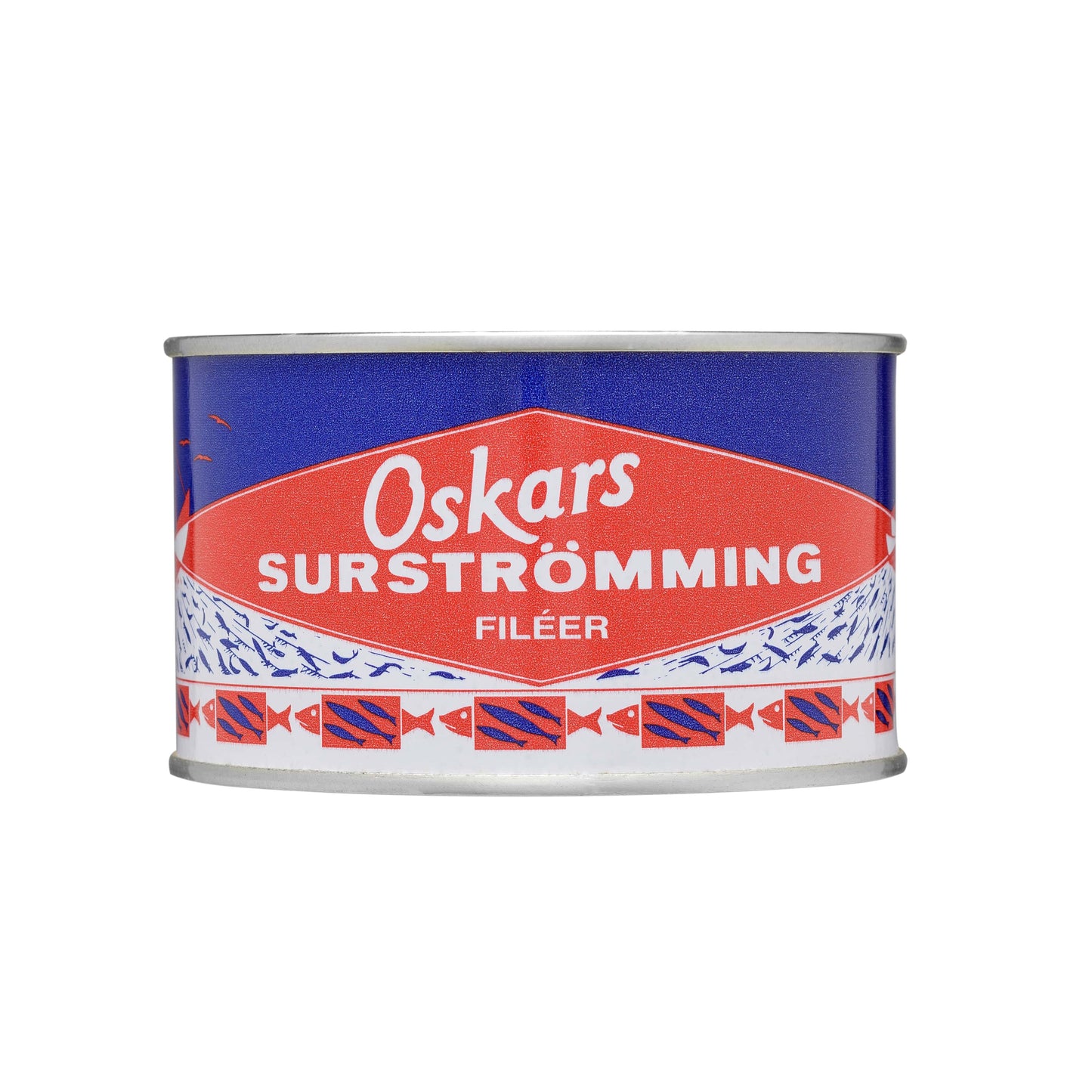
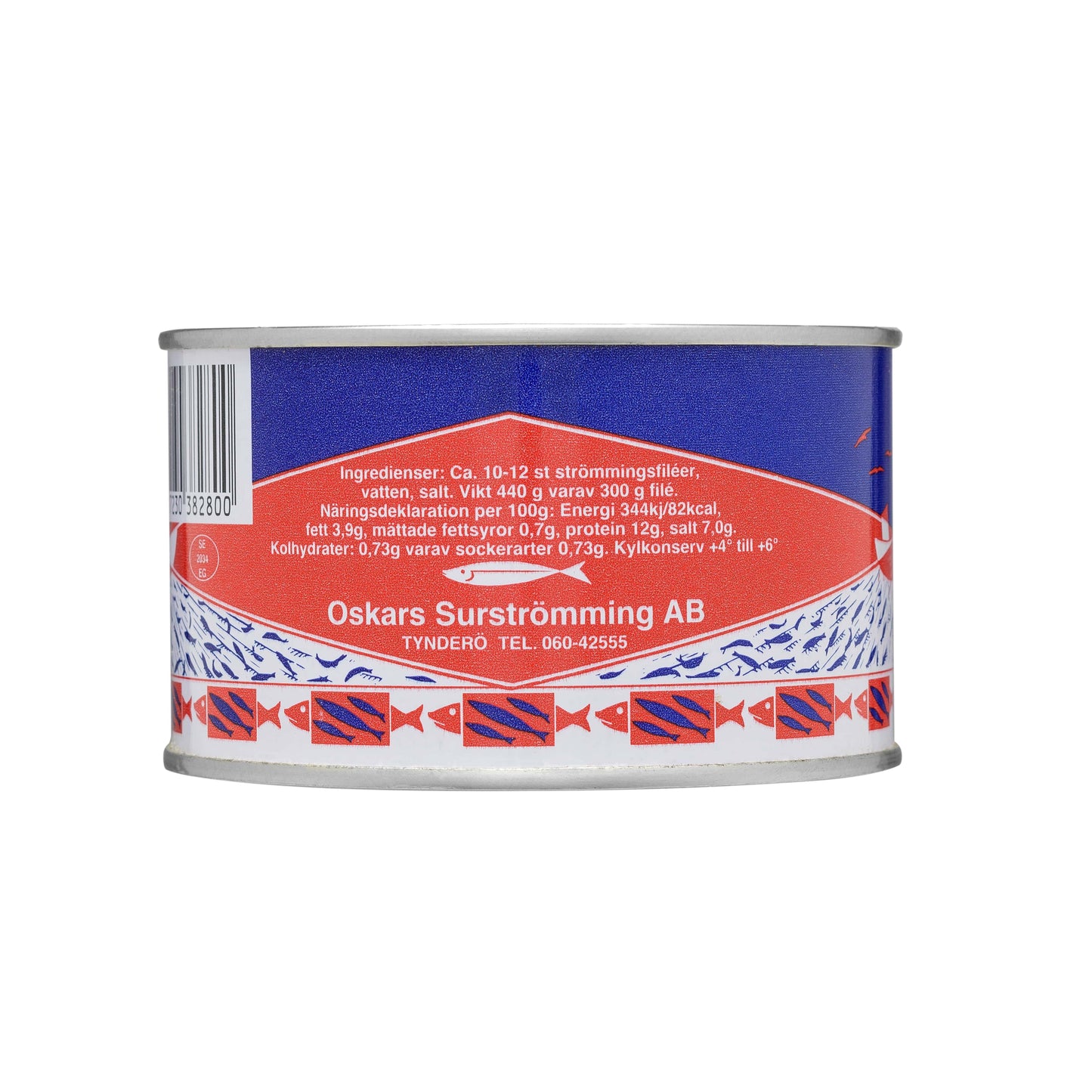
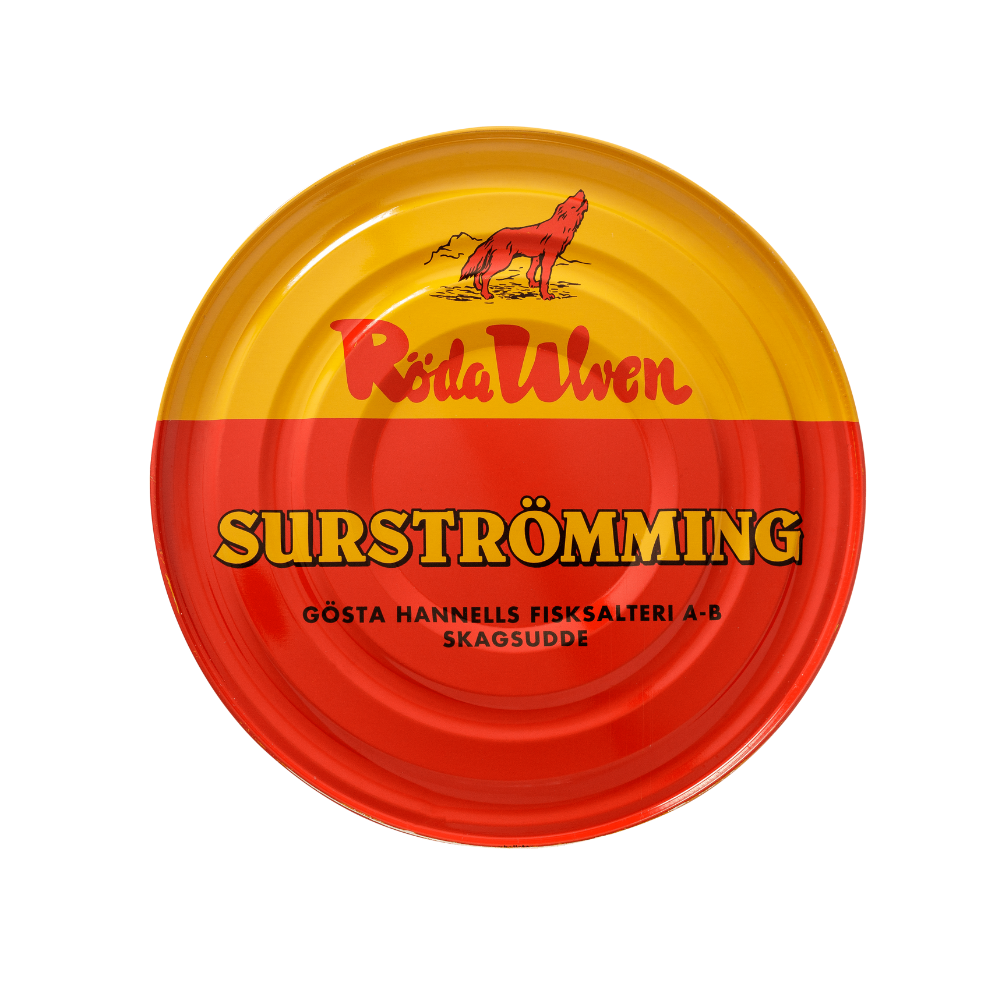
surstromming.eu
Röda Ulven Surströmming 300g
Text blockit's a real Swedish classic! It's got this bold, unique flavor, really an acquired taste, but definitely worth trying. Plus, the 300g size is just perfect for a small gathering to experience this traditional Swedish delicacy together.
Share
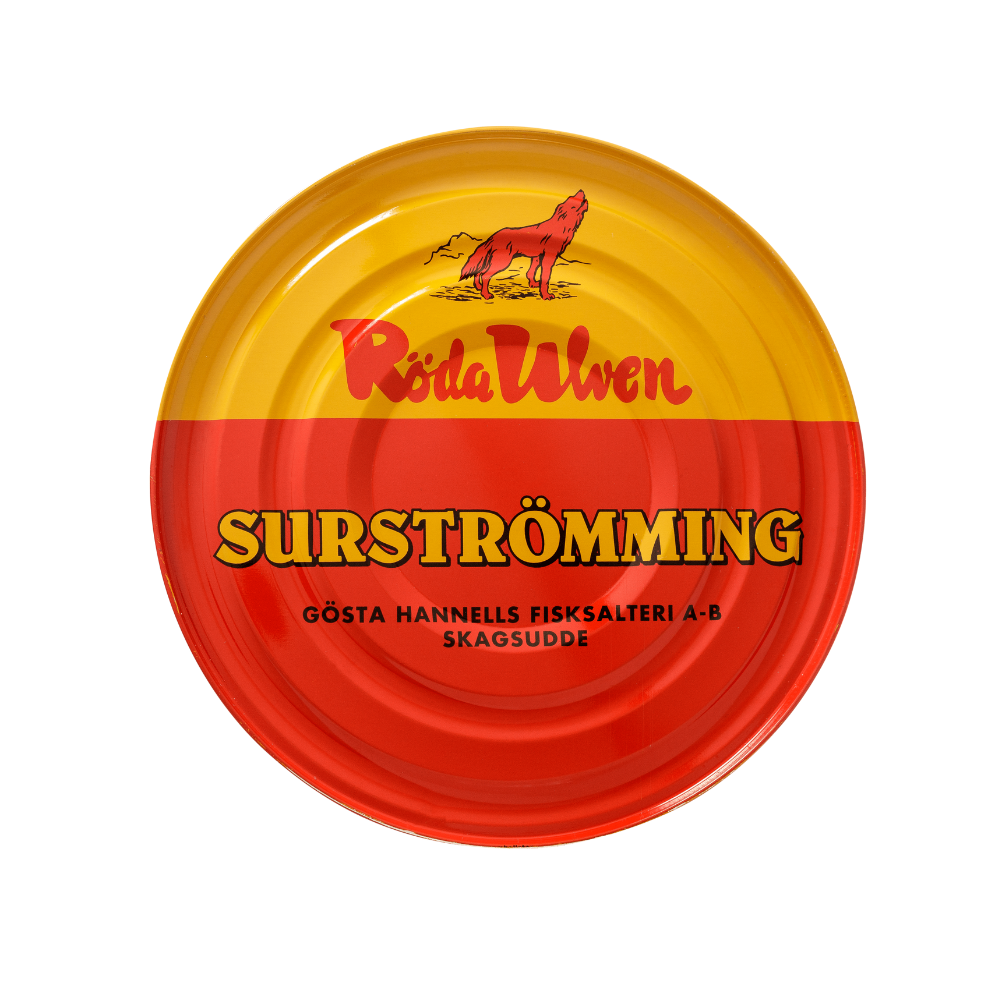
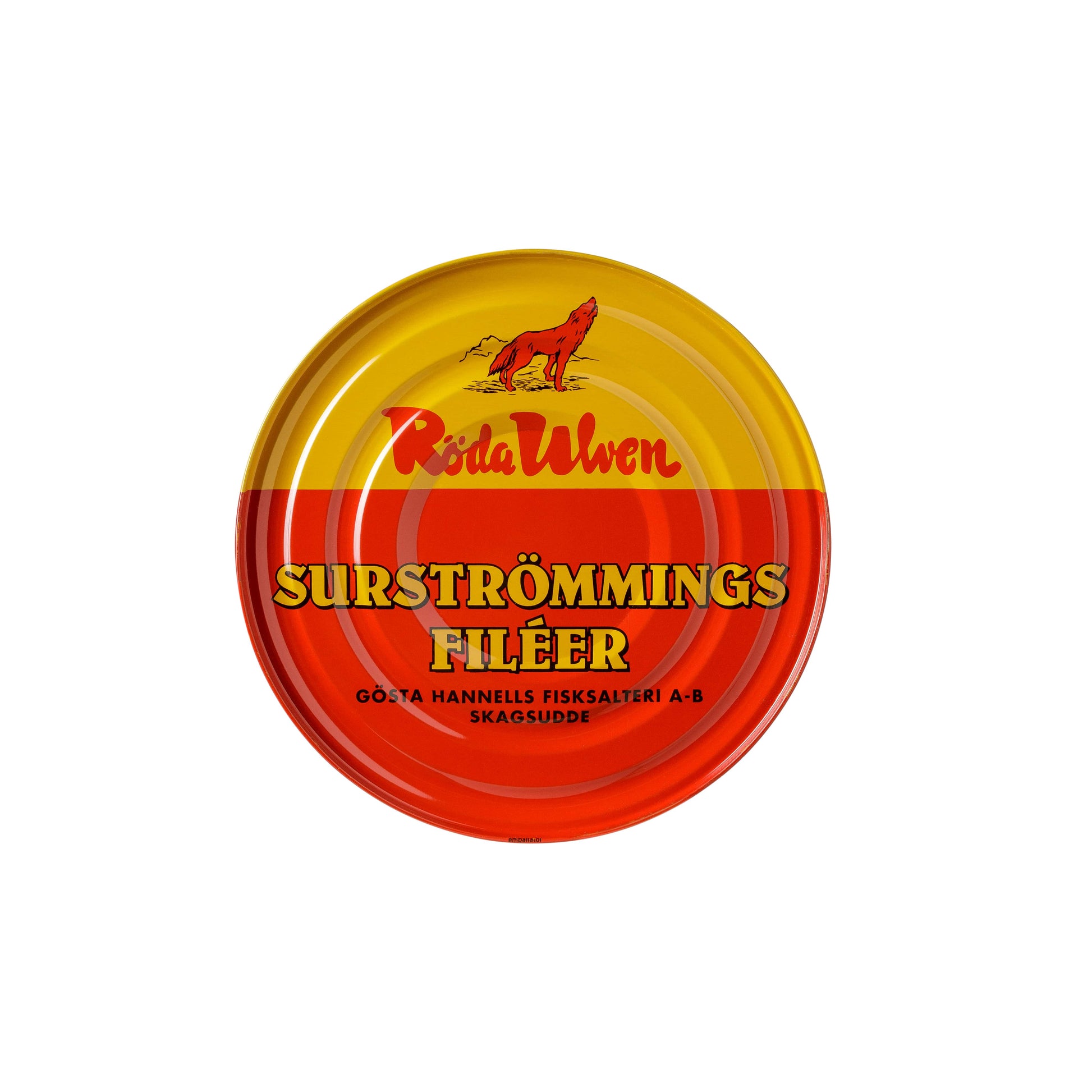
surstromming.eu
Röda Ulven Fillets Surströmming 300g
Share
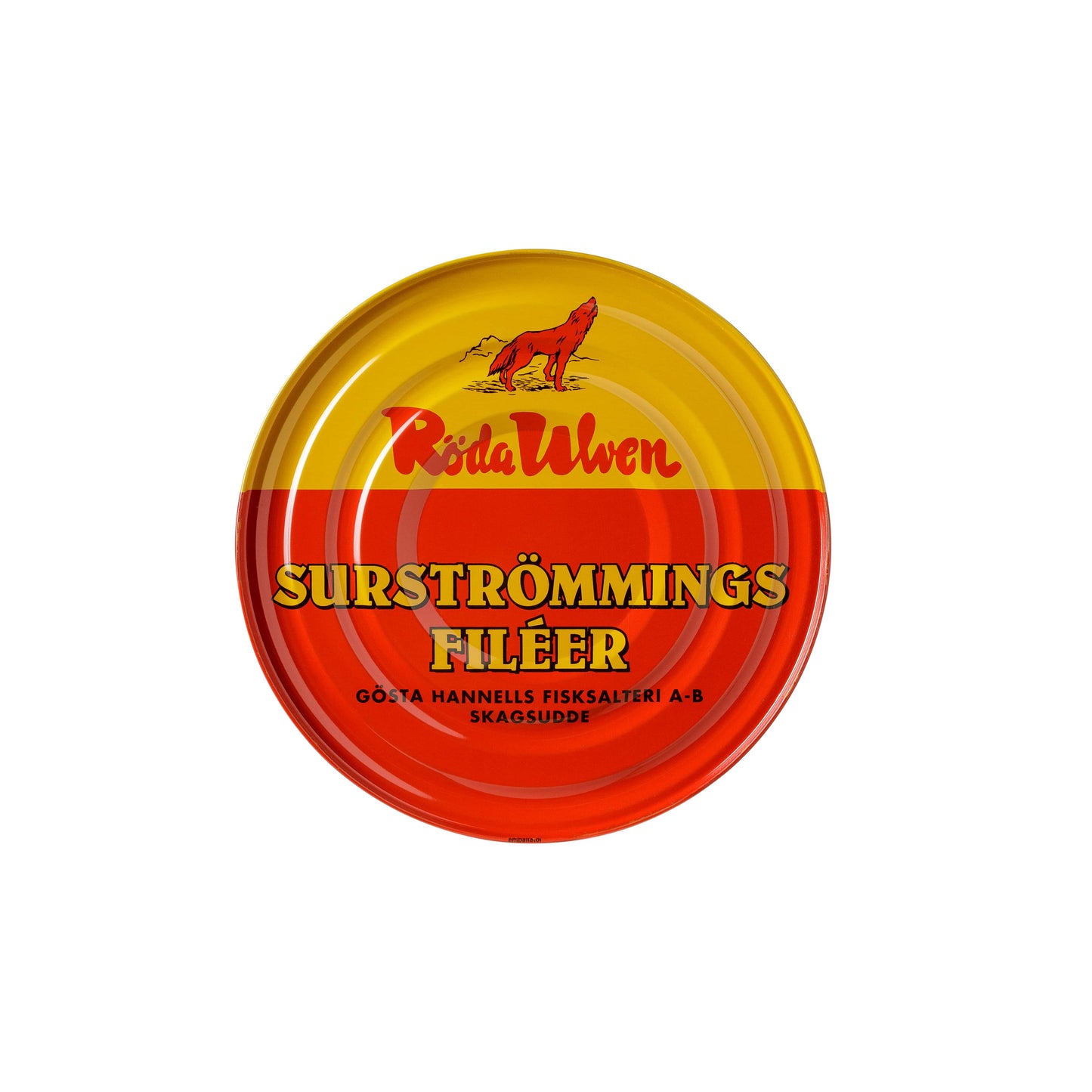
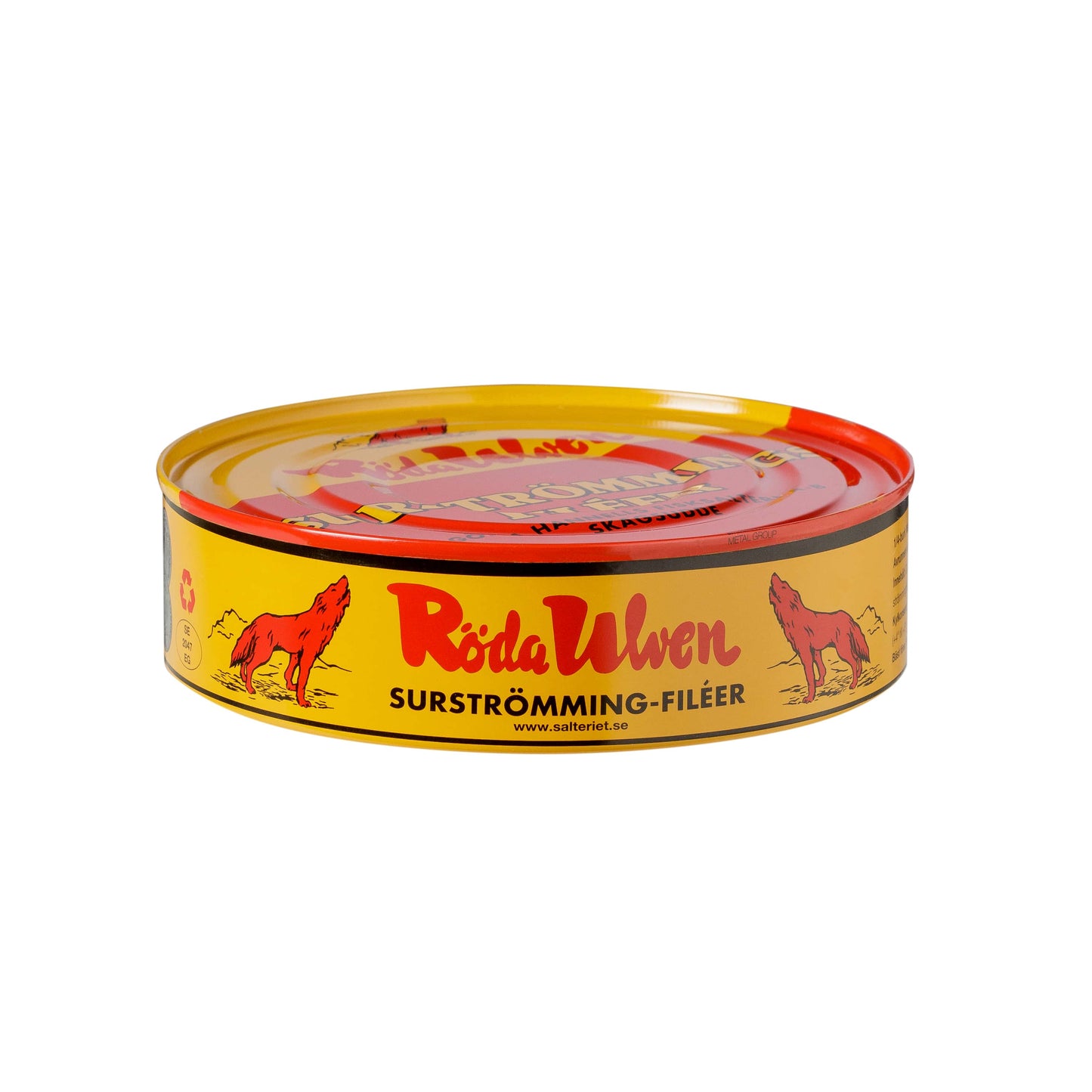
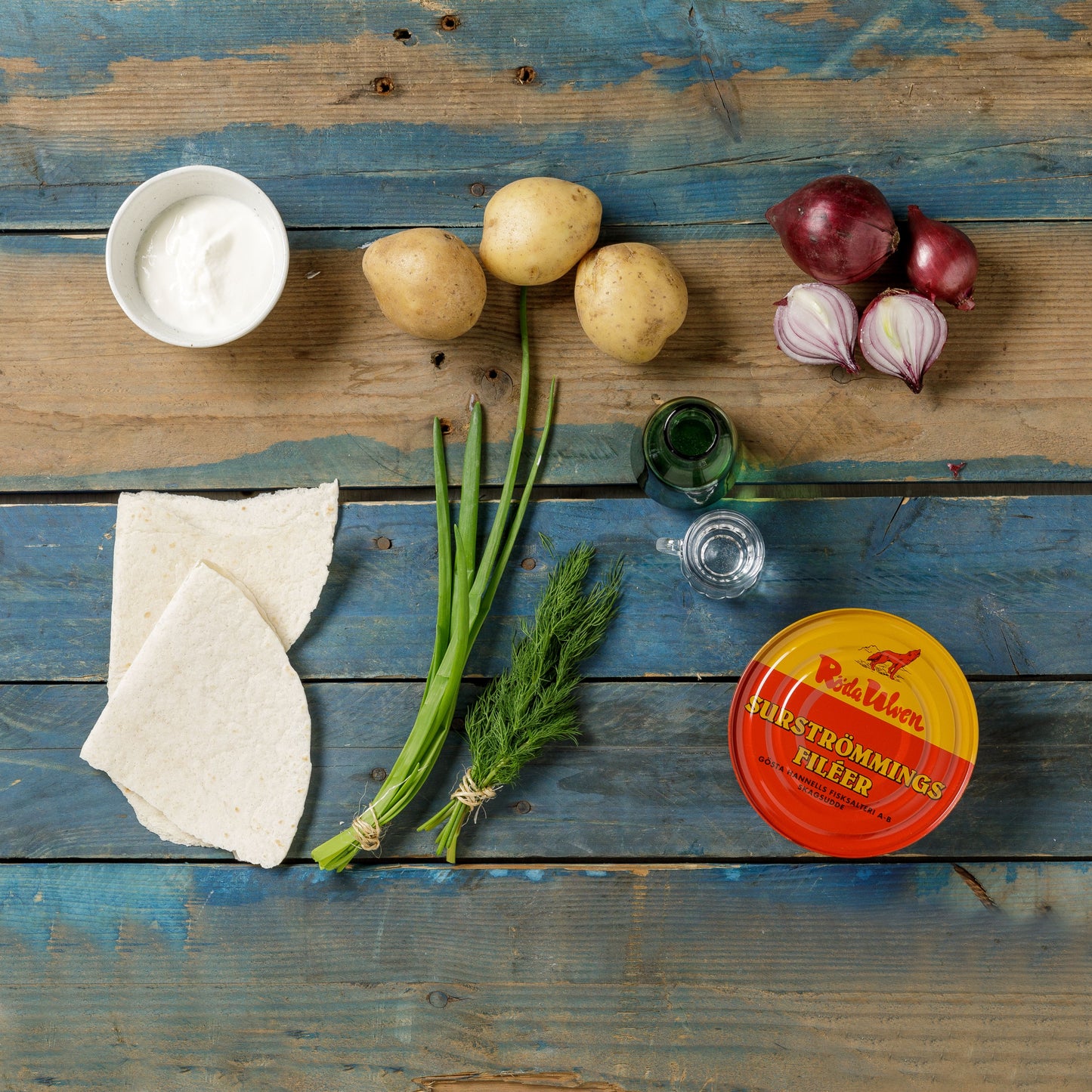
Frequently asked question
What is Surströmming?
Surströmming, associated with perhaps one of the most infamous food challenges, is simply put a sour herring. That is the literal Swedish translation of the dish that traces its roots back to the 16th century when neither the refrigerator nor electricity were available at hand across the globe. But how does an innocent herring, caught in the Baltic Sea, turn into one of the foulest foods one can feel with his nostrils?
The exact origin story varies from source to source. From the tale of how Swedish sailors were running low on salt and were forced to sell the almost rotten fish to locals at a port in Finland, which they later acquired a taste for, to the very basic legend that the 16th century was an intense period for Sweden. Numerous wars negatively impacted the daily life of an average Swede and since at the time salt was far more expensive than it is today, one had to become clever in order to preserve food for longer periods of time. Thus, fermenting herring with as little salt as possible was the only option to survive the harsh times brought by war.
Still, catching and producing Surströmming is a long process. First things first, the time has to be right, as the herring must be caught before they spawn eggs in the spring, usually around April and May, as the fish has not fully fattened yet. The herring is then put into a brine solution, which is a mixture of salt and water, and placed in a room that ranges in temperature between 59 and 68 Fahrenheit (15 and 20 Celsius). According to tradition, the best time to consume Surströmming is in the late-Summer months, as that is when the fish is tastiest.
Perhaps that’s the time when the Surströmming is at its smelliest as well. The sour herring, which is now becoming a worldwide phenomenon due to its unmistakable gut-wrenching smell, has its own challenge – the Surströmming Challenge, where a still naive and bright-eyed person is changed forever following the attempt to smell, or if one feels very brave, to taste the almost-rotten herring.
What’s the taste and smell of Surströmming like?
The smell and taste of Surströmming is surrounded by legends, myths and tales that depict the ordeal of tasting the dish, dubbed as one of the worst smelling foods out there. But what does it actually smell and taste like?
Surströmming is basically fermented herring. The literal translation from Swedish, where the dish is part of the traditional cuisine, is “sour herring”. The fish, which is caught in the Baltic Sea just before they spawn their eggs, is salted just enough so it would not rot and at the same time, ferment. This is where the so-called magic happens – while bacteria that would make the fish rot are prevented from doing so, other bacteria that cause the smell.
No doubt, there are many adjectives or idioms to describe the smell. From disgusting, nasty, foul to nauseating, sickening and vomit-inducing, the smell of Surströmming has little to no fans across the globe. Even the Swedes, which adopted the dish as part of their cultural heritage, are at best tolerant of the stench of the fermented herring.
Nevertheless, the taste is actually more than okay. A bit sour due to the fact that it was salted to ferment but otherwise the taste nothing like the frown-inducing smell. Still unique and perhaps like nothing like out there in the world, Surströmming can truly boast about being a one-of-a-kind meal in terms of its characteristics. While perhaps it is not for everyone, as the smell alone can sway one away, tasting Surströmming will definitely become a very memorable event to look back on.
5 tips how to eat Surströmming
We all have heard of the stories or hints of the experience one has when tasting Surströmming, a Swedish delicacy known for its unmistakable smell. The refreshment, which definitely refreshes your sense of smell, is translated to sour herring. Part of Sweden’s traditional cuisine, Surströmming is becoming widely popular outside of the borders of Scandinavia due to its very distinctive characteristics. Here are some tips to make sure that the first time you taste it, the experience will be remembered in a positive way!
1. Minding your surroundings
There are no two ways about it – the smell is very, very intense. There are several reasons why a can of Surströmming should not be opened inside your house.
First things first, due to the nature of the fermentation of the herring itself, the smell can seep into your walls and you can have a rent-free resident living in your beloved home. While he will be invisible to your vision receptors, your scent receptors will definitely not be pleased with the new tenant.
Secondly, due to the aforementioned fermentation, pressure builds up in the Surströmming can. Thus, as one opens it up with a can opener, fluids can squirt out and worsen the potential side-effects of only opening the can – not even tasting it yet!
2. Prepare for the tasting experience
Not only you have to prepare mentally for the experience but have the right items near you to make sure your Surströmming tasting goes as smoothly as possible.
Surprisingly, a bucket will become your best friend as you open up the can. Unsurprisingly, a can opener is also a must! Now, while eating the sour herring alone is an option, the table should be filled with more ingredients to take the Surströmming experience to the next level:
· Boiled potatoes
· Chives
· Dill
· Onions
· Sour cream or crème fraîche
· Tunnbröd (flatbread)
· A beverage of your choice.
There are variations in regards of the drink to have nearby, a general recommendation is to stock up on some strong liquor like vodka, beer. However, a glass of water or cold milk will do just fine!
3. Opening the can of Surströmming
Although opening a tin can is a simple process, the contents inside the Surströmming can undoubtedly complicate things.
This is the step where the bucket comes in. Fill it with water and bring it outside, as far away from the dining table as possible. Penetrate the can with a can opener of your choice inside the water. Lift the can out of the water and proceed to split it apart, making sure not to drop the salted herring inside of the bucket. Now, bring back the Surströmming to the dining table, much to the delight, and as soon as the smell begins to spread, the disgust of the guests sat at the table!
4. Serving Surströmming
Properly preparing and serving Surströmming is not a complicated process and will only allow one to enjoy the sour herring that much more.
Firstly, if the Surströmming you have purchased is not a fillet, remove the head, the skin and the backbone of the fish and extract as much meat as possible. Proceed to put your boiled potatoes, Surströmming, onions, chives and dill in that order on top of each other on the flatbread. Spread some sour cream near the neatly placed ingredients and roll the flatbread. Pour in the drink of your choice and voilà – you are ready to taste!
5. Have fun!
There is no doubt that eating Surströmming will be an experience. The smell, the look on everybody’s face once they catch the scent, the taste and the concluding discussion about what just happened will be memorable. The most important thing is to have fun while doing so, as the first time you feel the presence of Surströmming near you, will be unforgettable. Bon appetite!
What is the Surströmming challenge?
Dare we say that the Surströmming challenge is if not the most, then definitely one of the most difficult food challenges that are out there. While it is a whole different ball game compared to, for example, spicy food challenges, there are a few reasons why the words Surströmming challenge is followed by a curious skepticism.
For one, the smell. While Surströmming is, at first glance, a simple dish as it is literally sour herring, as translated from Swedish, it is far from simple. Even the process of opening it can get complicated from the moment your opener touches the can.
This is where the challenge begins. Due to the way that the Surströmming is prepared, a unique environment manifests itself in the can. Firstly, the bacteria that would rot the food are prevented from spawning up. At the same time, bacteria that help the herring ferment do not stop doing so until you open your Surströmming. As a result, gasses build up inside the can and it inflates the can itself. Thus, as you open the can you can immediately feel the smell that even a mother would not love, take over the air around you. Furthermore, due to the built-up pressure, the moment you penetrate the can, the liquid inside squirts out – if it gets on a piece of clothing or furniture, the item will remind you of the challenge for quite some time.
The second part of the challenge is tasting the Surströmming. Once again, the smell comes back to bite your nose as you try to bite the fish, making things a bit more complicated. While the fish can be eaten as is, the recommended and traditional way of eating Surströmming makes the challenge a little bit easier. Typically, Swedes consume the fish with boiled potatoes, chives, onions, crème fraîche laid out on Tunnbröd, the Swedish equivalent of a flatbread. Akvavit, a strong distilled liquor traditionally found in Scandinavia, is also catered to drink after taking a bite of the roll.
Nevertheless, many do not make it past the first stage of the Surströmming Challenge – being able to accept the wretched smell of the fermented herring, making it one of the most difficult, yet memorable food challenges.
